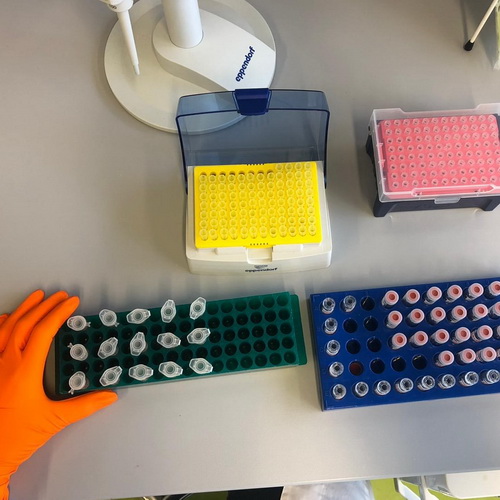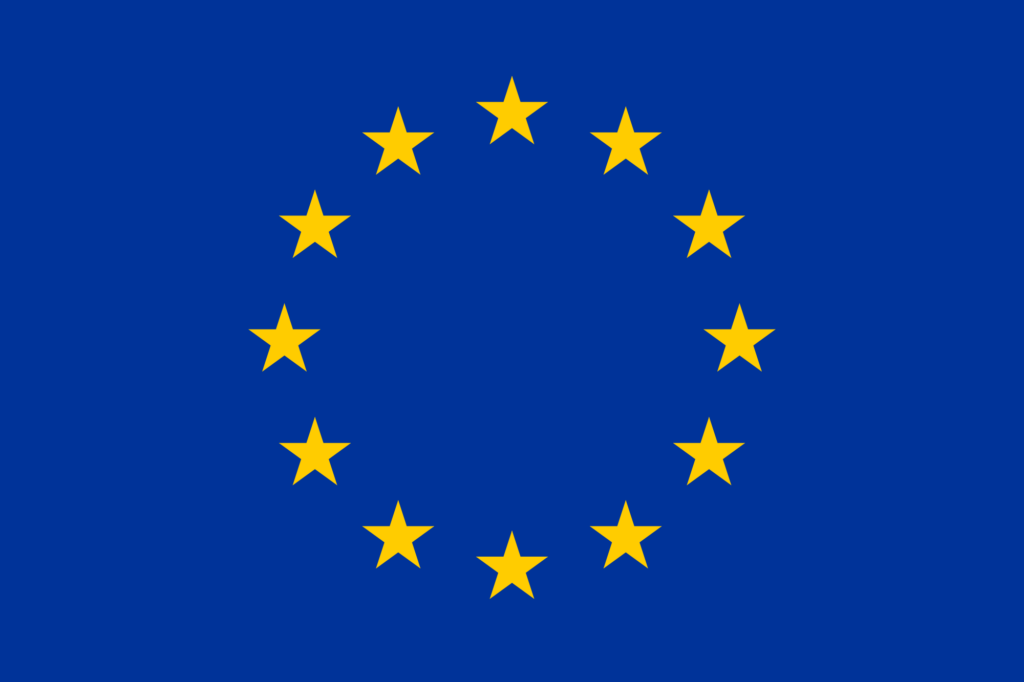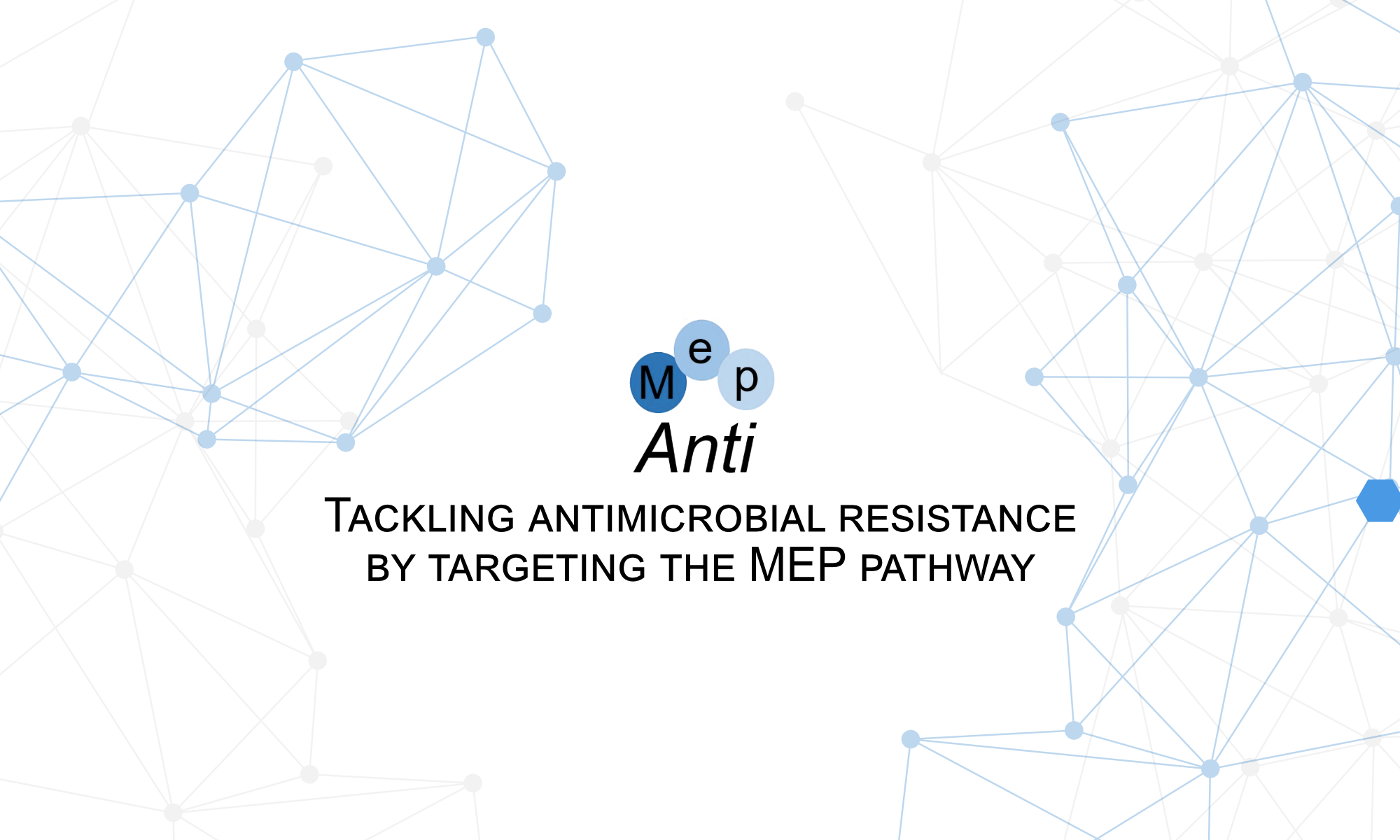 The project will focus on the identification of novel hit compounds following a fragment-screening approach. The optimisation of the best hit compounds will be done by monitoring both the in vitro activities on target and the cell-based activity. The frequency-of-resistance development of the most promising new compounds via the generation of resistant strains will be pursued.
The project will focus on the identification of novel hit compounds following a fragment-screening approach. The optimisation of the best hit compounds will be done by monitoring both the in vitro activities on target and the cell-based activity. The frequency-of-resistance development of the most promising new compounds via the generation of resistant strains will be pursued.
ESR 8: Fragment screening by Biolayer Interferometry (BLI) for inhibitors of the MEP pathway
With the goal to identify new ligands for the first five enzymes of the MEP pathway (DXS, DXR, IspD, IspE and IspF), a fragment screening of a fragment library consisting of 700 fragments available at UiB in addition to the 192 fragments available at CEA will be done using biolayer interferometry (BLI). This approach is complementary to the screening methodologies used by ESR 3 and ESR 9.
Supervisor: Prof. Ruth Brenk
Researcher: Bruna Schuck
Secondments: Helmholtz-Institut für Pharmazeutische Forschung Saarland (HIPS)/Academia OmicScouts/Industry
ESR 9: Fragment screening by NMR spectroscopy and cell-based testing for inhibitors of the MEP pathway
A fragment screening of a fragment library consisting of 700 fragments available at UiB in addition to the 192 fragments available at CEA will be performed using NMR-spectroscopy (STD-NMR, water LOGSY) against the first five enzymes of the MEP pathway. This methodology constitutes a complementary hit identification strategy to ESR 3 and ESR 8.
In addition, the ESR will evaluate the compounds from WP 2 against P. aeruginosa and manage an initial in vitro ADME-T (absorption, distribution, metabolism, excretion and toxicity) profiling at HZI.
Supervisor: Prof. Anna K. H. Hirsch
Researcher: Daan Willocx
Secondments: Universidade Nova de Lisboa (UNL) /Academy;
Drugs for Neglected Diseases initiative (DNDI) / Industry Merck /Industry
ESR 10: Characterisation of MEP pathway inhibitors in Mycobacterium tuberculosis as antituberculotics
The putative antimycobacterial activity of inhibitors synthesised by the members of WP 2 using drug-sensitive and drug-resistant (Rifampicin- and Isoniazid-resistant) GFP-expressing Mycobacterium tuberculosis bacteria will be evaluated.
The most promising compounds with no cytotoxic effects, will be tested in M. tuberculosis-infected macrophages and eventually in vivo models.
Supervisor: Dr. Norbert Reiling
Researcher: Vidhisha Sonawane
Secondments: Schweizerisches Tropen und Public Health-Institut (SWISS TPH) / Academy;
Rijksuniversiteit Groningen (RUG) / Academia; Sense About Science (SAS) / Industry
ESR 11: Characterisation of MEP pathway inhibitors in Plasmodium falciparum as antimalarials
In order to identify promising lead compounds as antimalarial candidates, a set of inhibitors identified in WP 2 will be tested against Plasmodium falciparum. In addition, the compounds will be profiled looking also at pharmacodynamic parameters such as stage-specificity and speed of drug of action. Emphasis will be on the optimisation of new series of antimalarial chemical entities with the potential to overcome artemisin-resistance and on combination studies in order to identify synergistic interactions and flag potential antagonisms.
Supervisor: Prof. Pascal Mäser
Researcher: Patricia Bravo
Secondment: Forschungszentrum Borstel (FZB) / Academia; Sense About Science (SAS)/ Industry
ESR 12: Chemical proteomics characterisation of MEP pathway inhibitors
 The most promising inhibitors identified in WP 2 and 3 will be characterised using chemical proteomics in live mammalian cells as well as in lysate of relevant pathogens (Pseudomonas aeruginosa, Mycobacterium tuberculosis and Plasmodium falciparum). This approach will unravel the compound’s selectivity and affinity, demonstrate target engagement and will identify potential off-targets in mammalian cells.
The most promising inhibitors identified in WP 2 and 3 will be characterised using chemical proteomics in live mammalian cells as well as in lysate of relevant pathogens (Pseudomonas aeruginosa, Mycobacterium tuberculosis and Plasmodium falciparum). This approach will unravel the compound’s selectivity and affinity, demonstrate target engagement and will identify potential off-targets in mammalian cells.
Supervisor: Dr. Hannes Hahne
Researcher: Lorenzo Bizzarri
Secondments: Rijksuniversiteit Groningen (RUG) / Academia Helmholtz-Zentrum für Infektionsforschung (HZI) / Academy Drugs for Neglected Diseases initiative (DNDI) / Industry
NEWS
- MepAnti Drug Research Symposium: Young Minds, Big ImpactAnnouncement: the MepAnti team is organizing the MepAnti Drug Research Symposium: Young Minds, Big ImpactMore information about the symposium can be found here /*! elementor …
Continue reading "MepAnti Drug Research Symposium: Young Minds, Big Impact"
FUNDING

This project has received funding from the European Union's Horizon 2020 research and innovation programme under the Marie Skłodowska-Curie grant agreement No 860816.
